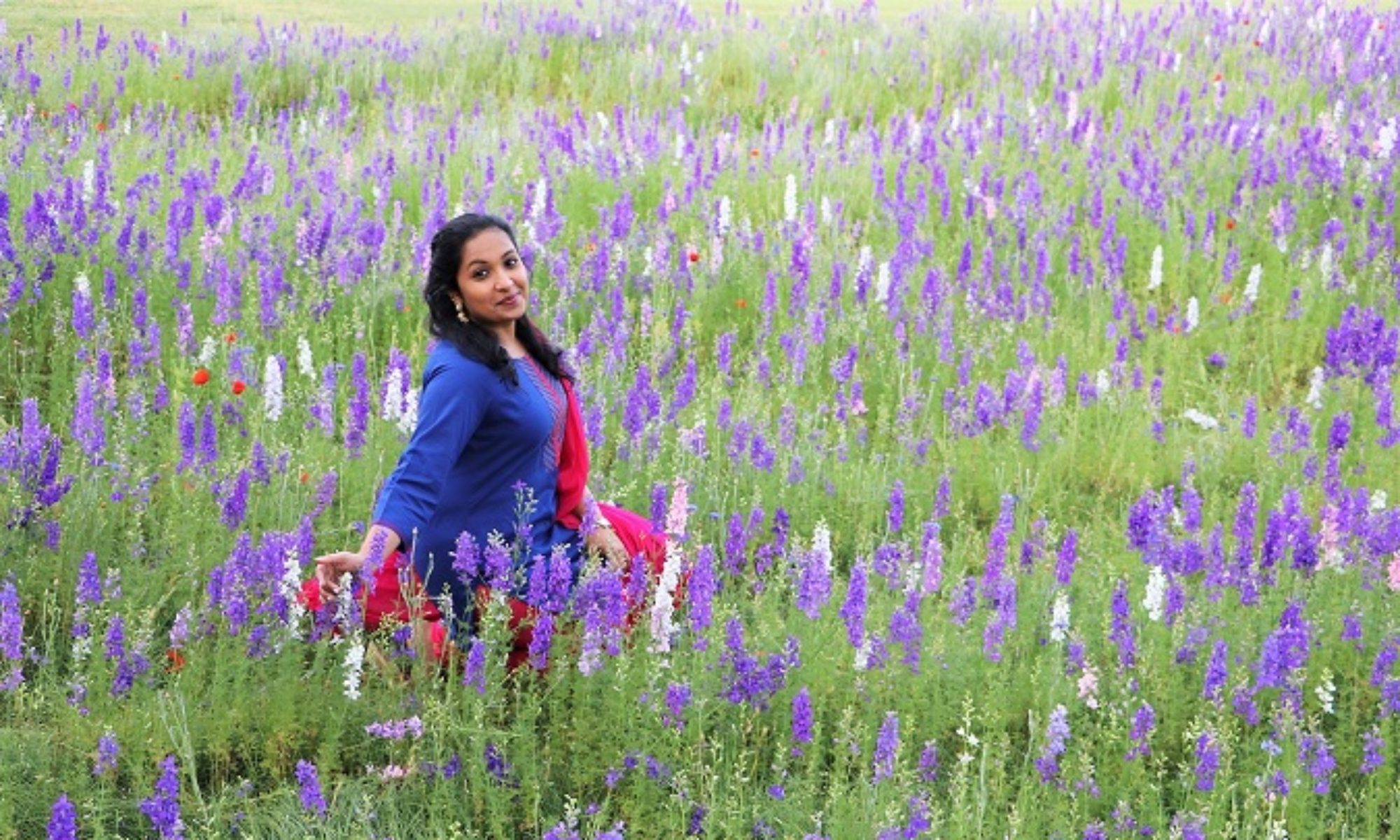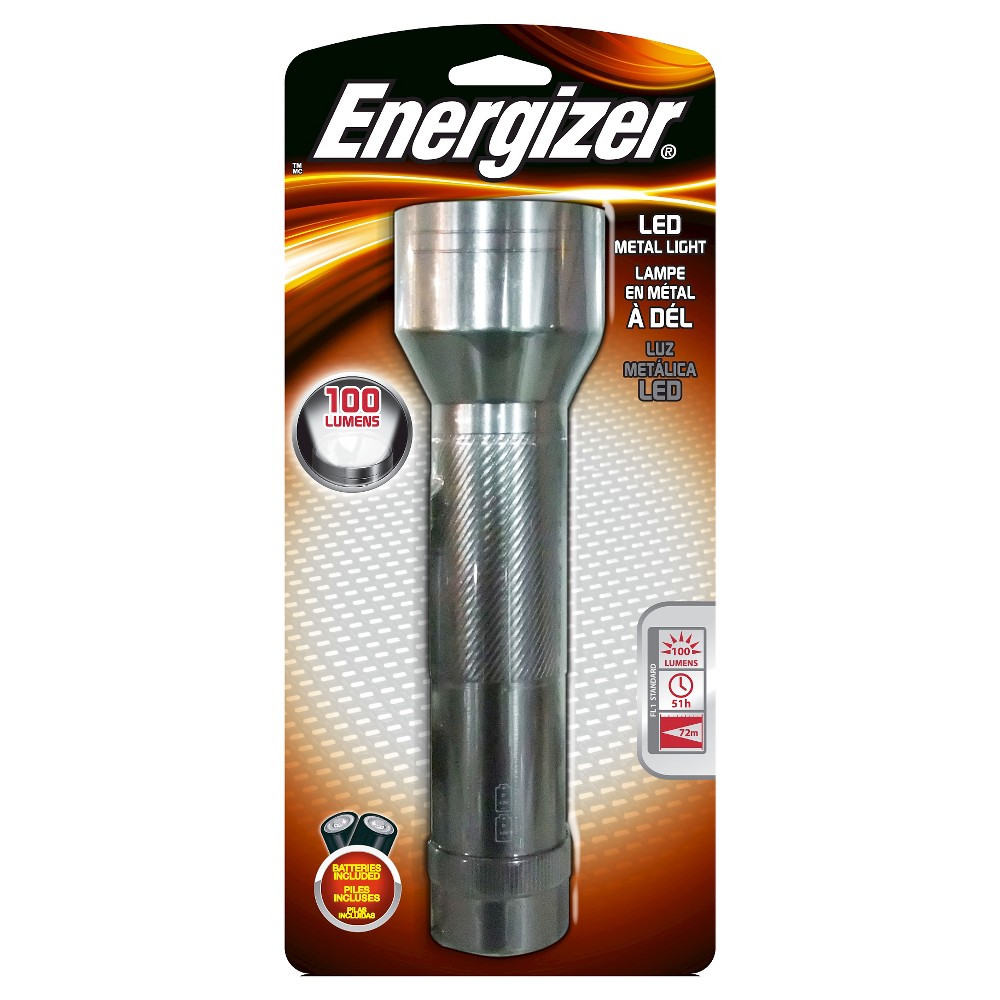With all 29 states in India containing a completely different culture and language, there is so much to explore everywhere you look. A few years ago for the first time in my life, I traveled to North India, with the help of a tour company, Suburban Travels & Holiday. Along with three of my cousins, I spent a week touring Delhi, Agra and Jaipur. These three places are known as the Golden Triangle because of their geographic location and rich culture and history. Following are the places, attractions and monuments we visited during our time there.
Delhi
We flew into New Delhi, where we were welcomed by our personal driver for the next 6 days. Delhi is a union territory, the capital of India, which makes it neither a city or a state. It lies below Haryana and besides Uttar Pradesh, both states we visited during this trip. India is one place that I recommend you choose the higher rated and priced hotels, because the cheap ones are not clean, safe, or manageable. For our first two days in Delhi, we did a lot of shopping, eating and site seeing!
Our first day in New Delhi, so we stopped by to see the Indian Parliament as well as the Rashtrapathi Bhawan, the residence of the President of India. It is open during the week from 10 am-6 pm, however, you cannot enter it without further permission. You can drive by the long beautiful road or stand on the sidewalks to see all the buildings, which is quite a treat in itself.
Address: Sansad Marg, Gokul Nagar, Janpath, Connaught Place, New Delhi, India
India Gate, New Delhi
Just down the street from the Indian Parliament is the India Gate, which is a must see in Delhi! This is not to be confused with the Gateway of India, which is located in Mumbai. We went once in the daytime and again at night, to see all the lights and events going on around the India Gate. The India Gate is a memorial to over eighty thousand soldiers in the Indian Army who died during the World War I and the third Afghan war. Their names are carved into the walls.
There is a soldier standing at the base of the Gate and a fire torch that is lite at all times. You can’t get close enough to touch the monument or go through the gate. However, you can go around the monument and walk along the different paths that lead to it. Leading up to the gate are carts with snacks (such as pani puri), drinks, toy stands and more.
Apart from all the site seeing, Delhi is also a great place to shop! Delhi is known for colorful bazaars at very cheap prices with items carved of marble, silk clothing material and more! We were able to stop at several clothing stores and buy some Indian outfits for ourselves before our trip was over. If you are shopping at stores on the street, make sure you get an idea of the price range and try out several stores before you make a purchase. I guarantee you, you will see very similar things all along the stores down the street and you’ll be able to bargain with a better understanding of the prices.
Click here for my full list of tips and hacks on bargaining!
Haryana

Most tour companies don’t go off path their normal routine, but this company was very flexible with us. They allowed us to use one day to visit some friends in a neighboring state. On the second day of our tour, we drove to Haryana, the state directly northwest of Delhi. This part of the trip was the most authentic and scenic. We were able to go to a friend’s house, enjoy a delicious lunch, and tour around their land and neighborhood.

They drove us around to several places in the afternoon, visiting their extended family. We were able to learn about how things run in their village. We visited an elderly man, who owned a machine to cut grass for the cattle. There was a farm nearby that housed hundreds of buffaloes and acres of green luscious land which we got a chance to explore as well. Later that afternoon, we enjoyed tea made with buffalo milk at a relative’s house. It was the most thickest, richest tea I’ve ever had in my life!
This leads me to the next must do thing; EAT Authentic Indian Food! If you ever get to tour smaller towns, you must eat from a local restaurant where the townspeople eat from. It might not be the cleanliest place, but no doubt the food will be great. During our Haryana trip, we were lucky to have home-made authentic north Indian food for lunch. It was one of my all time favorite meals during this trip! One of the best parts about eating different ethnic food is the customs and traditions behind it. For this meal, we sat on the bed and all the food was placed before us on a mat. And then, we dug in with our hands and ate until we couldn’t move.
Agra, Uttar Pradesh

The next day, we set off on our 5 hour road trip to Agra. On the way, we stopped at several well known, historical sites including tombs and old palaces. After checking into our hotel in Agra, we headed out for the most awaited part of the trip. The biggest attractions of the whole trip was the Taj Mahal, the Epitome of Love. The Agra Fort was also a great treat, definitely not to be missed if you’re in Agra. We also visited the Tomb of Etimad-Ud-Daulah, known as the “Baby Taj”, prior to visiting the Taj Mahal.
Check out this Taj Mahal post for more on this white beauty.
The Agra Fort is filled with so much history, as it had been the residence of the Mughal Emperors. The fort is built in a way to protect the empire from attacks and invaders. It really looked like walking into the sets of a historical Hindi movie. You can picture the soldiers on horses rushing into the fort through the long pathways.
The Tomb of Etimad-Ud-Daulah, located in Agra was built by Nur Jahan for her father. This structure later became the inspiration for Shah Jahan when building the Taj Mahal.

The Tomb of Etimad Uddoulah 
Jahangir Palace, inside Agra Fort 
View to the left as you enter Agra Fort 
Entrance of Agra Fort
Rajasthan
We took another five hour car ride from Agra to Jaipur, the capital of Rajasthan. Rajasthan is yet another state, with it’s own unique culture, beliefs and food. Jaipur is known as Pink City for all the beautiful pink colored buildings and architecture in the city. The King ordered the whole city to be painted pink, a color of warmth and hospitality, to welcome a Queen and Prince to Jaipur. Since then, everyone in the city has kept the buildings this color.
Fatehpuri Sikri, Uttar Pradesh
During the ride, we stopped in Fatehpur Sikri, the capital of the then Mughal Empire. This small town has so much history and architecture. If I could, I would have scheduled a whole day just in this town. We visited the Fatehpuri Sikri Fort and it was almost empty during the time we went. We had the whole place to ourselves to explore. The Jama Masjid (mosque), the Jodha Bai’s Palace and the Panch Mahal are just a few of the beautiful buildings within this Fort.


Amber Fort, Amer, Jaipur
In Jaipur, we visited the beautiful Amber Palace, which is a fort made from red stone and marble. It’s located high on a hill, in the city of Amer, in Rajasthan. This fort, like most of the other palaces display a combination of the Hindu and Muslim culture and architecture. We visited the palace during a week day, which significantly reduced the number of visitors present there.
Location: Devisinghpura, Amer, Jaipur
Timings: 8AM-9PM (closed for an hour in between)
Fees: 25 rupees for Indians, 200 rupees for foreigners
Jantar Mantar, Jaipur
Our first stop the next day was the Jantar Mantar. This UNESCO World Heritage site is a set of astronomical instruments used to predict time and space. We spend an hour there, reading all the interesting facts and use of each structure. These instruments were used for several years until bigger buildings were built around it, decreasing the accuracy of the readings. We had a tour guide to lead us from one place to another during this day.
Location: Gangori Bazaar, J.D.A. Market
Fees: 15 rupees for Indians, 200 rupees for tourists
Timings: 6AM- 6PM
City Palace, Jaipur
We visited the City Palace, a beautiful palace built by the King in the middle of the Jaipur. Our guide told us that the royal family and a King still lives there, but they have no power. We visited the Royal Observatory and Central Museum within the compound. The museum showcases the King’s old dresses, weapons, daily used objects, paintings and more.
There were many picturesque doors and pathways inside, making it a great place to walk around.
Address: Tulsi Marg, Gangori Bazaar, J.D.A. Market
Timings: 930AM- 5PM
Fees: Normal entry is 100 rupees for residents, 500 rupees for foreigners. For entrance to museum, 130 rupees for residents, 900 rupees for foreigners. (A significant difference)
Qutub Minar, Mehrauli, Delhi

On our way back into Delhi for the last day of the trip, we enjoyed another great historical site. We visited the Qutub Minar, which is known as the Tower of Victory. It was built to celebrate Muslim dominance and the end of the last Hindu ruler. Next to the Qutub Minar stands the Quwwat-ul-Islam Mosque, the first mosque to be built in India. Open every day of the year, this location is now a part of the UNESCO World Heritage Site.
Location; Mehrauli, New Delhi
Ticket: 30 rupees for Indian & 500 rupees for foreigners.
Hours: 7AM-5PM daily
What did we miss?
There is so much to see and do within Delhi, Agra and Jaipur that we had to leave out some amazing places for next time. Some places in Delhi that we hope to go to in the future are the Jama Masjid, Lotus Temple and the Laxmi Narayan Temple. The Jama Masjid, also built by Shah Jahan, is one of the largest mosques in India. Both the Laxmi Narayan and Lotus Temple are open to people of any faith to visit and pray, although it is mainly a place of worship for Hindus. If you have more time while in Delhi, two historical places to see are the Raj Ghat, the memorial site of Mahatma Gandhi and the National Gandhi Museum.
A few other popular attractions within Jaipur that we did not get to visit this time includes the Hawa Mahal, the Gaitore, Statue Circle and the Rambagh Palace, which is now a hotel. Two other places I would have added to our itinerary if possible are the Nahargarh and Jaigarh Fort.

Make sure you check out the Travel Must Haves & Things to Know for India before planning your next trip!
This post may contain affiliate links. Please see our disclosure policy.















































